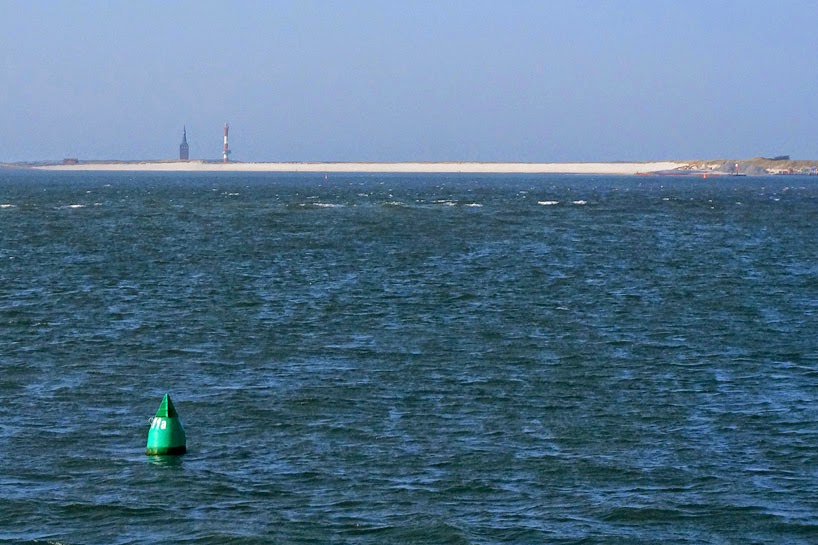
Suntour derailleurs are solid constructed components that perform troublefree for a long period of time. But as years go by they suffer from wear that ultimately leads to failure. From my experience it´s often the tension spring of the parallelogram cage that breaks and leaves the derailleur useless. But how can this spring be exchanged; after all the derailleurs of Suntour are, like the ones of Shimano, rivetted and not fully able to be taken apart, like the ones of e. g. Mavic?!
This how-to illustrates the complete disassembly of Suntour derailleurs, the exchange of damaged parts and finally the re-assembly of the whole mechanism to form a functioning derailleur. This article further wants to show how one can substitute a broken tension spring with a self-made spring made from hardware store parts.
At the beginning i´ll try to define some terms i will use in the further text. The orientation is set according to the normal mounting position on the bicycle. Parts oriented to the center line of the bike are are referred as "inboard", parts oriented outside as "outboard". The parts of the derailleur that bear the pivots are called "front parallelogram body" (FPB) and "rear parallelogram body" (RPB). They guide the two parallelogram arms (inboard parallelogram arm (IPA), outboard parallelogram arm (OPA)). The entity of FPB/RPB and IPA/OPA is called the parallelogram cage.
The parts of a Suntour derailleur that can be disassembled are the pulley cage and the spring-loaded hanger bolt assembly. The pulley cage can be detached removing the M4 set screw. The spring-loaded cage is unloaded rotating it clockwise up to the "twelve o´clock" position and pulling it out of the FPB. The hanger bolt assembly can be opened removing a circlip that secures the bolt.
The dissassembly of the rivetted parallelogram cage is shown in the following part.

Fig. 1: To drive out out the pivots a small hole has to be drilled in the upper extension of their axis. Using a small stub steel nail and a hammer the pivots can be driven out .

Fig. 2: The required drilling to drive out the pivot under the hanger bolt housing has to be performed meticulously, because the position direct above the pivot has to be reached exactly. The picture shows the relative location of the drilling entrance. Because of the more precise mode of action i use hand drillers of the caliber 1.5 mm.

Fig. 3: After drilling the pivots are driven out using the steel nail and a hammer. As a support i use a wood board with a small recess below the pivot.

Fig. 4: To remove the parallelogram spring a brass bushing in the IPA has to be driven out. To do this an M5 screw is placed on top of the fixated IPA and gentle (!) hammering is applied. After this the inner (serrated), the outer brass bushing and the parallelogram spring can be separated.

Fig. 5: If there are no original Suntour spare springs available, a replacement spring can be formed using a pull-spring taken from a local hardware store (outer diameter 12.5, inner diameter 9.5, wire gauge 1.5 mm). To keep the cylindrical form of the spring during the forming and bending, it is hoisted onto a fitting wood stick.

Fig. 6: After bending the spring is shortened using a bolt-cutter and the IPA is reassembled. The self-prepared spring bears the option to control the preloaded tension in a distinct range. Therefore one can fine-tune the shifter and will be able to build it up using a less amount of operating force. The picture shows from front to rear: the broken original Suntour spring, the newly built spare spring (not shortened) and the outer and inner brass bushing.

Fig. 7: A completely disassembled parallelogram cage. Its OPA has been broken. After exchange of the OPA the derailleur could be newly built up.


Fig. 8,9: After thorough cleaning and lubrication the derailleur can be re-assembled. The IPA has to be inserted into the FPB folded to the inner side and is rivetted. The RPB is connected with the IPA and rivetted. As the last step the OPA is mounted and rivetted, which tensions the parallelogram spring.

Fig. 10: The newly rivetted derailleur.
The drill holes can be left untouched or tinned which masks the the modification of the derailleur. To leave the drill holes as they are bears the benefit that the derailleur can be opened for maintenance very easy. Another application for the dissassembly of the rivetted parallelogram cage is the completion of a derailleur from parts of broken derailleurs. This is a valid option since the last "generation" of Suntour derailleurs are identical in construction (leave out the Superbe Pro derailleur).















